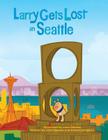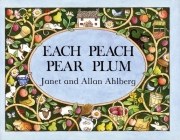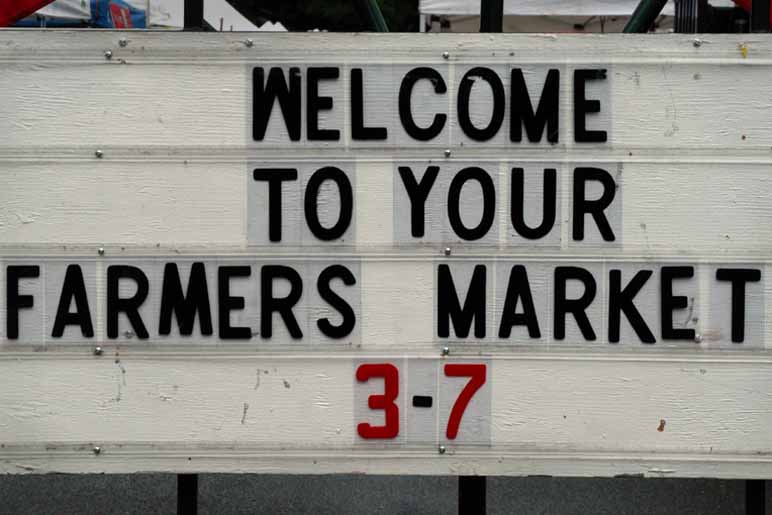Perhaps we are now at the end of the year of the year. Too many writers recently have taken on one-year projects of deprivation or exploration and learned about themselves and the direction and purpose of their lives. Often the products were interesting, but the trope itself has become a bore.
Are food and farm writers more inclined in this direction than others? Or is it present in every subject area, and I just read more food and farm writers?
Happily, Barbara Kingsolver’s Animal, Vegetable, Miracle was a delight to read, as is most everything she writes. I don’t know about Plenty by the 100-mile-diet couple, as it has yet to migrate from my books to read list, but I hear good things.
The Year of the Goat, though. Eh. It was fine, I guess. The author was eager and naive, traveling around the country to learn from people raising goats for dairy, fiber, or meat. I read, wide-eyed and hopeful for and with her. But somewhere along her year-long journey with her fiancée, the author’s project and writing were sidetracked by wedding plans. I wish she’d stuck with the goats.
Sometimes I wonder if my interests are esoteric, and then along comes a popular book about goats and I wonder if instead my interests are overly trendy. Generally I hope that more people will care about things like farming, and local food, and the other things that excite me, but I have my cranky old bastard side, too (or whatever the female version of that is). She shows up at the farmers’ market, where I’m glad for the farmers and the planet and the future of the species that crowds are lining up on drizzly Sundays for wintertime produce from farms a few miles away, but then I’m irked that I’m not the only one at the table.
I guess the books that focus on farming and eating and ecology and community in year-long bits are inspiring others for longer spans of time. If they’re going to keep writing year-long books, though, could someone publish “My year of not stepping on the toes of heavily burdened women carrying young children, and other kindnesses at the farmers’ market”?












 subscribe in a reader (rss)
subscribe in a reader (rss)






